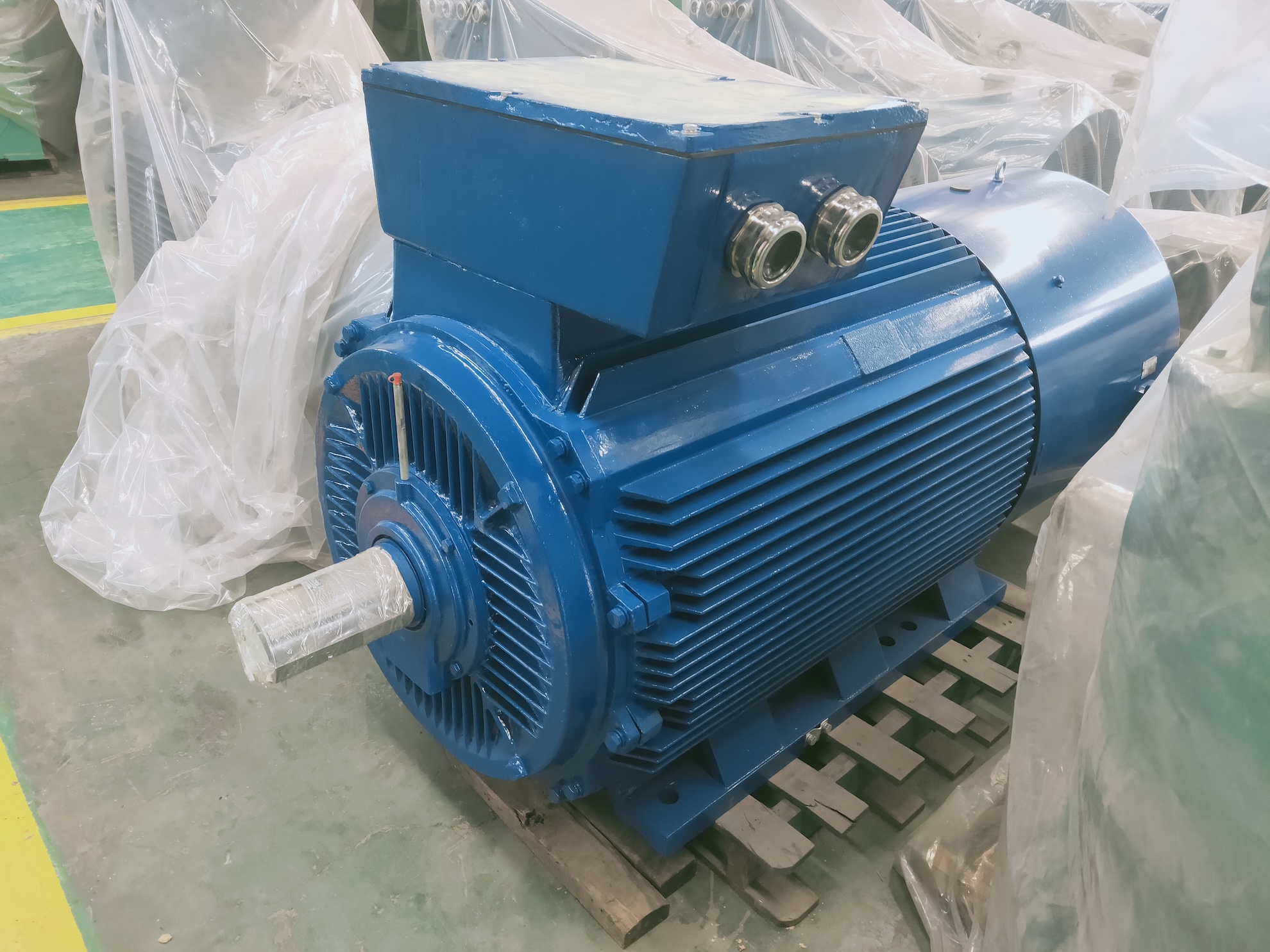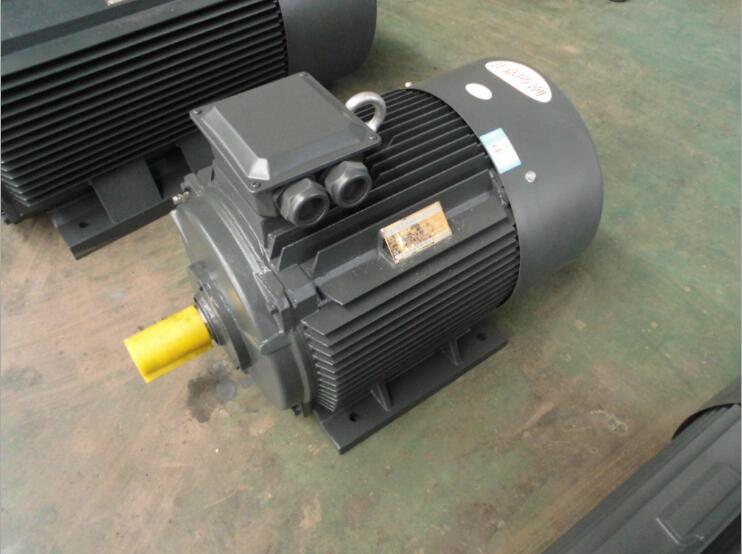+86 533 2766 028
+86 533 2766 028
Industrial electric motors are the "muscles" of modern architecture. Hidden in every corner of a building, they silently power everything and are the core power source that ensures comfort, convenience, safety, and efficiency.
The following will provide a detailed analysis of the use of industrial electric motors in architecture.
I. Industrial motors are primarily used in the following systems in architecture:
Application Systems | Core Functions | Specific Equipment and Motor Types |
Vertical Transportation Systems | Vertical movement of people and goods | Elevators/escalators (traction motors, hydraulic pump motors, door operator motors) |
HVAC Systems | Controlling indoor temperature, humidity, and air quality | Chillers (compressor motors), water pumps, cooling tower fans, fans (supply fans, exhaust fans, fan coil units) |
Water Supply and Drainage Systems | Water supply, drainage, fire protection | Water pumps (feedwater pumps, fire pumps, sewage pumps) |
Access Control and Security | Controlling access and ensuring safety | Automatic doors/revolving doors (drive motors), garage doors, fire-rated roller shutter door motors |
Building Shading and Curtain Wall Systems | Smart dimming, energy-saving and thermal insulation | Electric curtain/blind motors, electric window openers |
II. Motor Types and Technical Features
There is no single type of motor used in buildings; rather, motors are selected based on load, control accuracy, and energy efficiency requirements:
1. Three Phase AC Asynchronous Motor:
Features: Simple structure, ruggedness, durability, low cost, and easy maintenance.
Application: This is the most popular motor type in buildings, widely used in applications such as pumps, fans, and cooling towers where constant speed or low speed regulation is required. It is often used with a frequency converter to achieve energy savings.
2. Permanent Magnet Synchronous Motor:
Features: Ultra-high efficiency (IE4/IE5 energy efficiency rating), high power density, and excellent speed regulation.
Application: It is becoming a new choice for high-end variable-speed pumps and fans. Due to its significant energy savings, despite its higher initial cost, it offers lower lifecycle costs. It is also commonly used in high-performance equipment such as elevator traction motors.
3. Brushless DC Motor:
Features: High efficiency, low noise, long life, and precise control. Applications: Primarily used in applications requiring precise control, quiet operation, and long life, such as small fans (such as fan coil units and EC fans), electric curtains/blinds, and automatic doors.
4. Gear Motors/Reduction Motors:
Features: The motor and reduction gearbox are integrated, providing high torque and low speed output.
Applications: Automatic doors, garage doors, rolling shutters, mixing equipment, and all other applications requiring high thrust and slow linear or rotary motion.

III. Core Development Trends: Intelligence and High Efficiency and Energy Saving
The motors in modern buildings are no longer simply "turn on" devices. Their development is closely centered around two key themes:
1. Frequency Conversion and High Efficiency and Energy Saving:
The widespread adoption of frequency converters (VFDs) is a major trend. By controlling motor speed with a VFD, matching power to actual demand rather than constantly running at full speed, VFDs can achieve significant energy savings of 20%-50%.
For example, after VFD conversion, a water pump can reduce its flow rate to only 80% of its original capacity, reducing energy consumption by nearly 50%. High-efficiency motors with IE4 and IE5 energy efficiency ratings are becoming standard equipment in new buildings and renovation projects.
2. Intelligence and the Internet of Things:
Modern motors are increasingly integrating sensors and intelligent controllers, becoming nodes in the Internet of Things (IoT).
They can monitor their operating status (current, voltage, temperature, vibration) in real time, enabling predictive maintenance (providing early warnings before failures occur). They can also be connected to building automation systems to automatically optimize operating strategies based on user traffic, schedules, and environmental data, achieving higher levels of energy conservation and intelligent management.
IV. Selection and Maintenance Considerations
When selecting a motor for a building, engineers will consider the following:
Load Type: Does it require constant torque (such as elevators) or variable torque (such as fans and pumps)?
Control Requirements: Is speed regulation required? What level of control accuracy is required?
Energy Efficiency Standards: Does it meet or exceed local minimum energy efficiency standards (such as China's GB18613)?
Environmental Compatibility: Does the IP rating (IP code) meet requirements for environments like humid and dusty environments?
Maintenance Cost: Is the motor easy to inspect and maintain?

In summary, industrial motors are the "heart" of a building's electromechanical systems, converting electrical energy into mechanical energy, driving a building's lifeblood (water, air) and limbs (doors, windows, and curtains). Their technology is rapidly evolving toward higher efficiency, smarter control, deeper integration, and more predictive maintenance, making them a key component in building green, intelligent, and sustainable buildings.